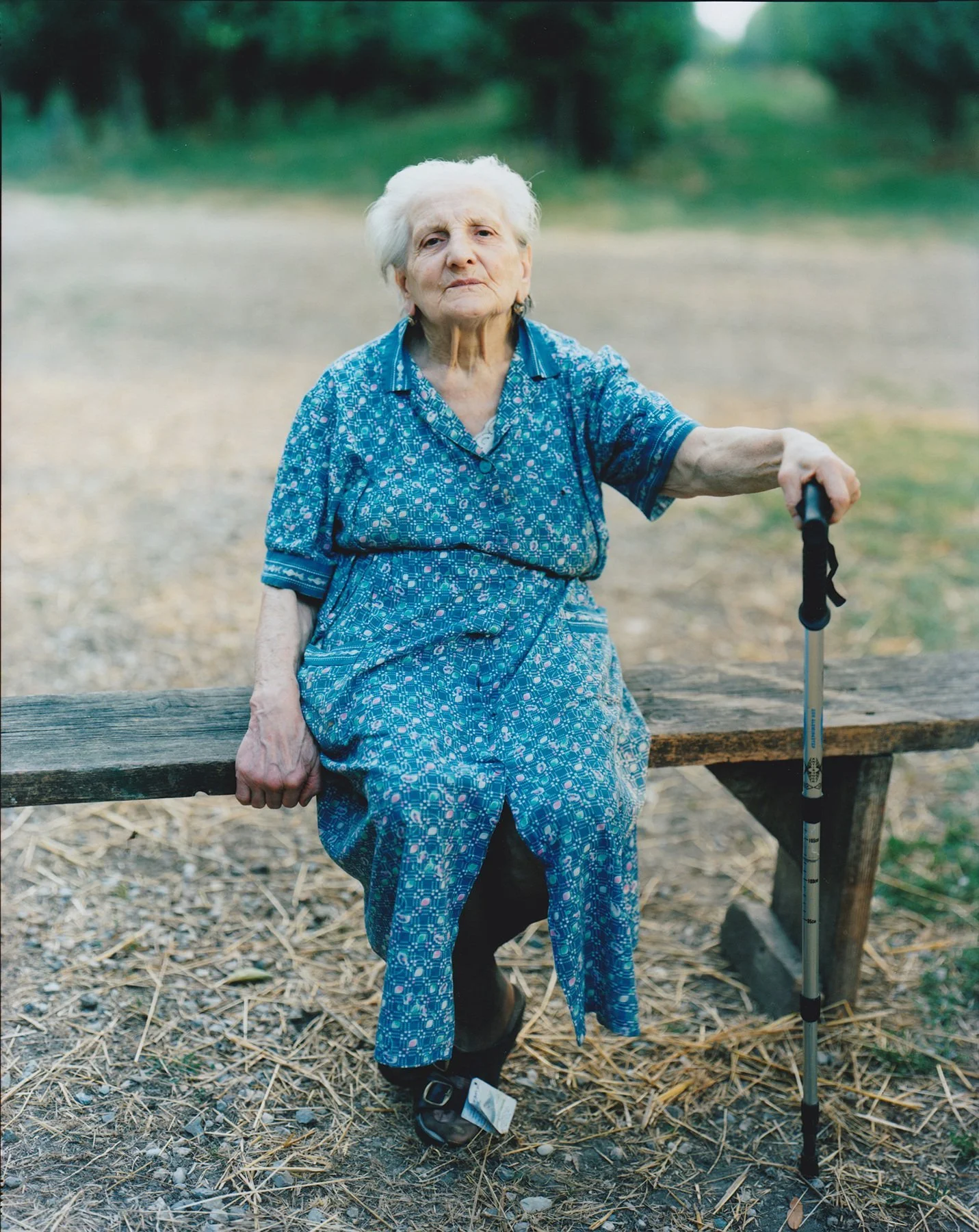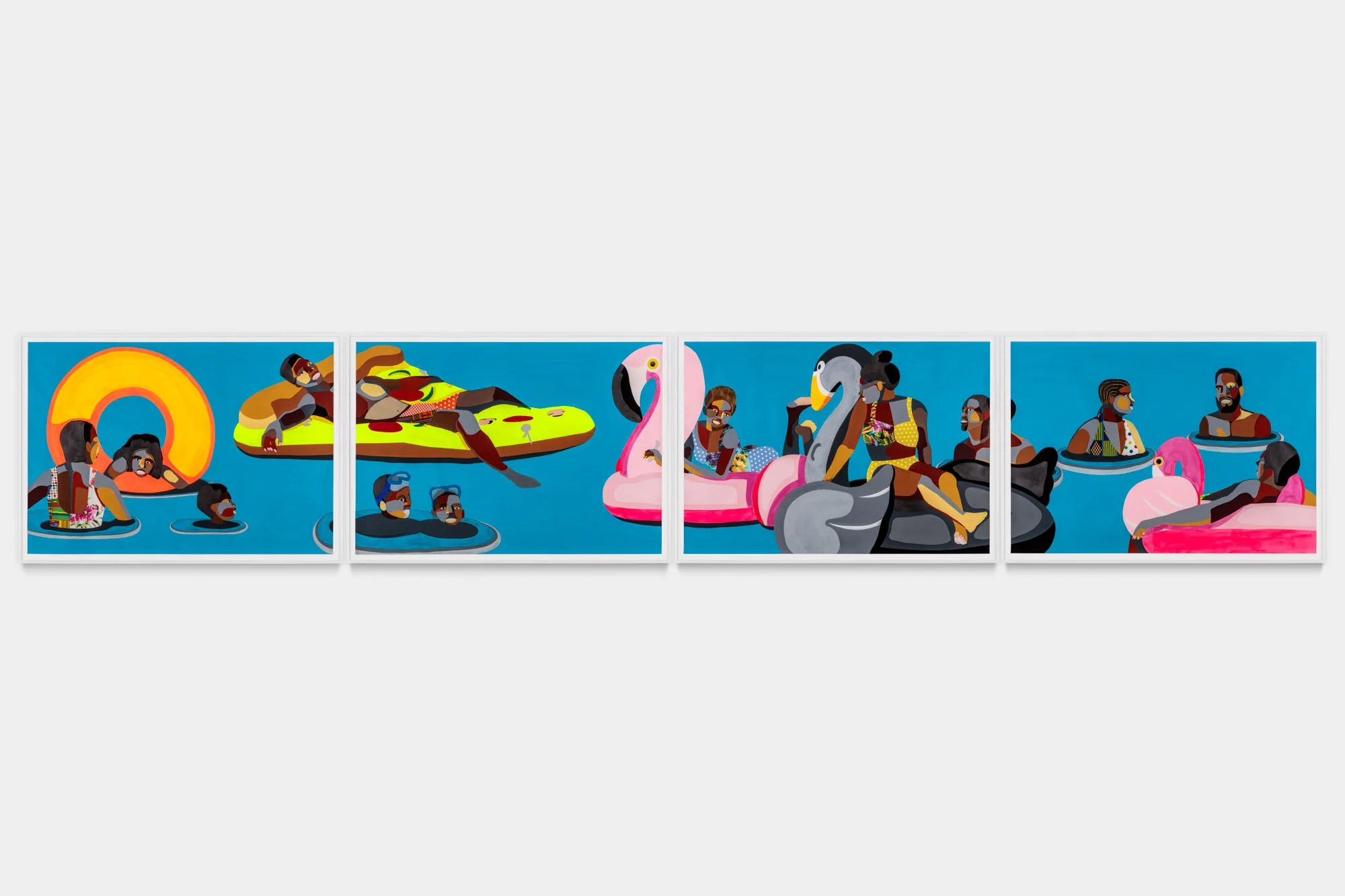John Divola and Robert Cumming: Hollywood | Gallery Luisotti
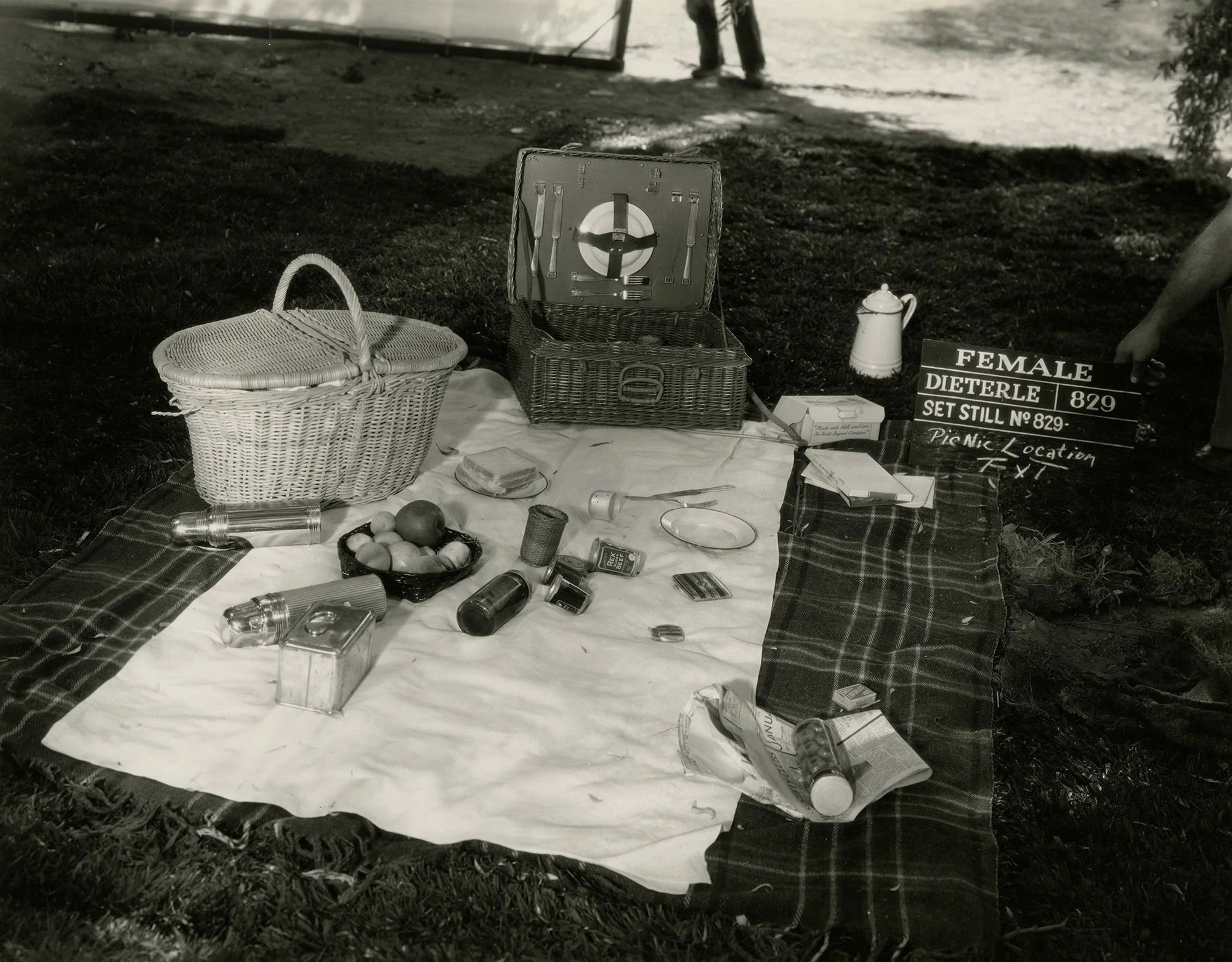
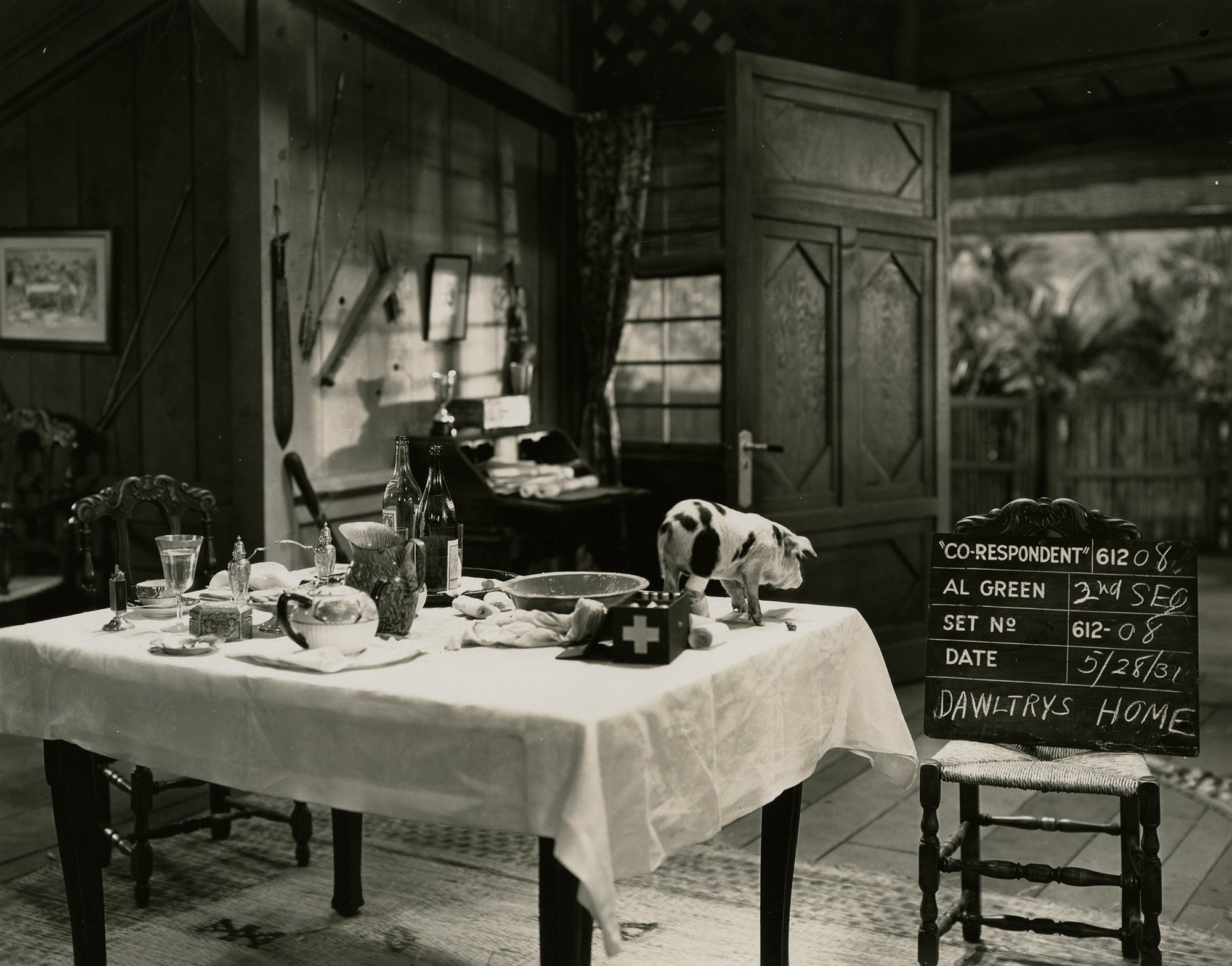
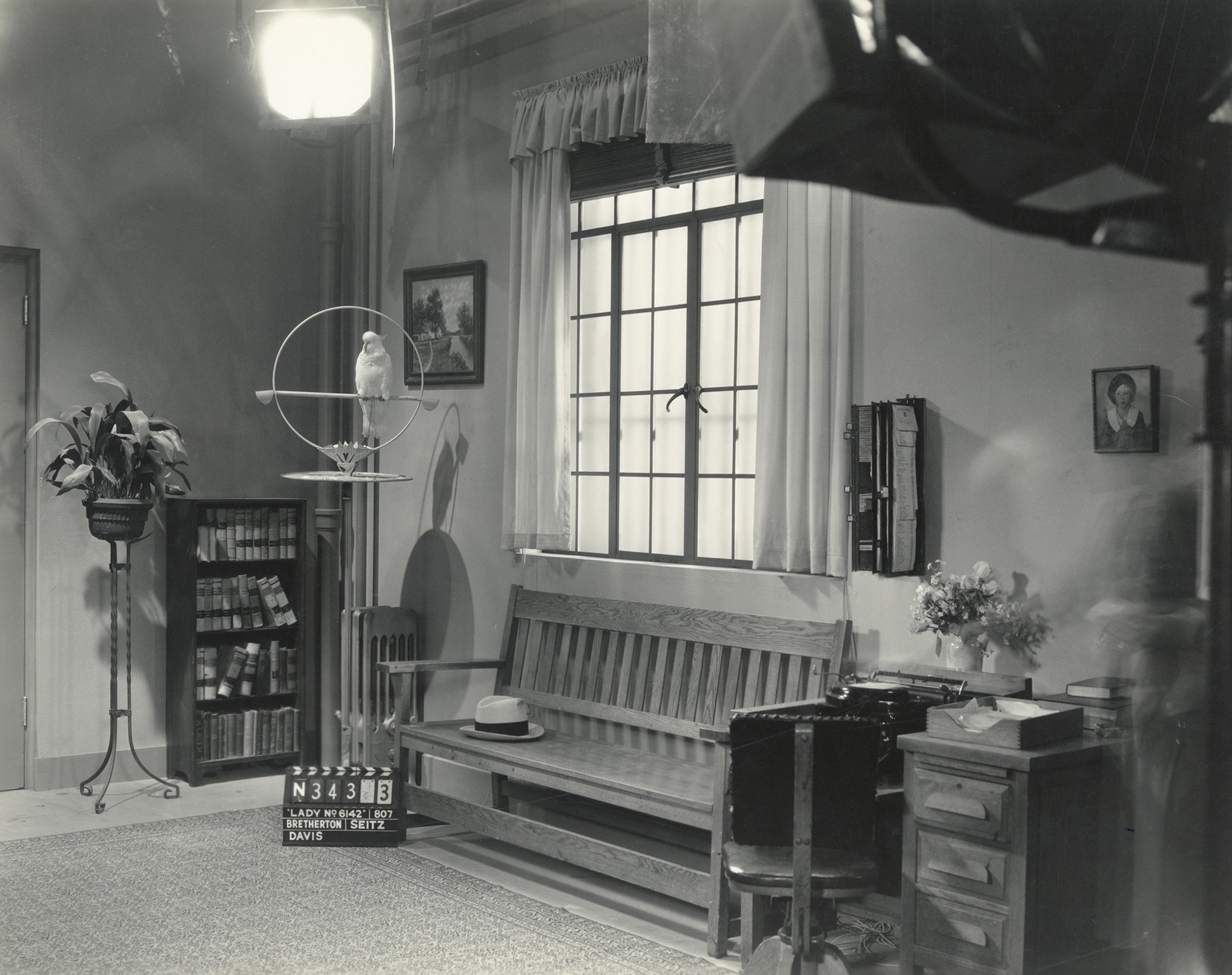
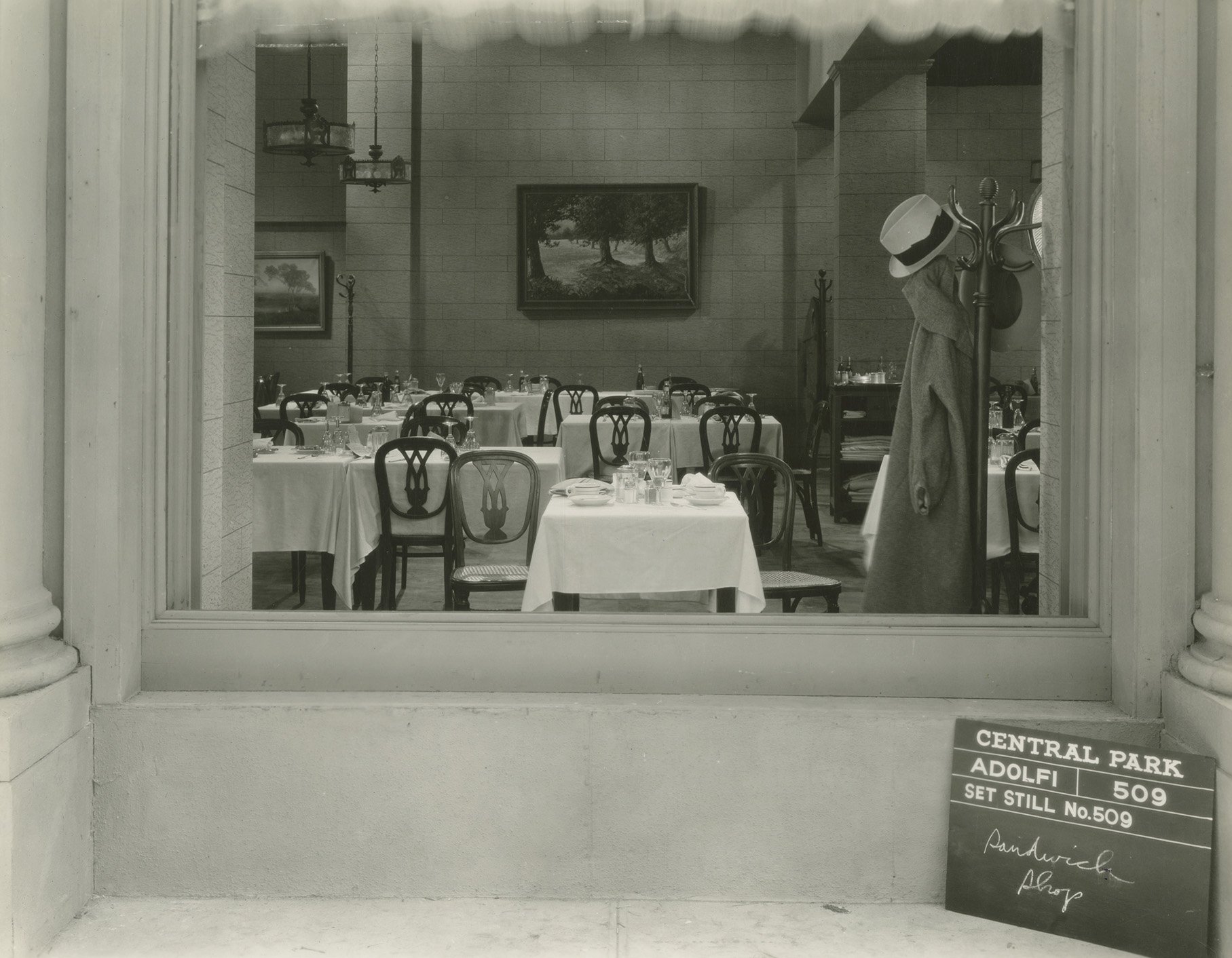

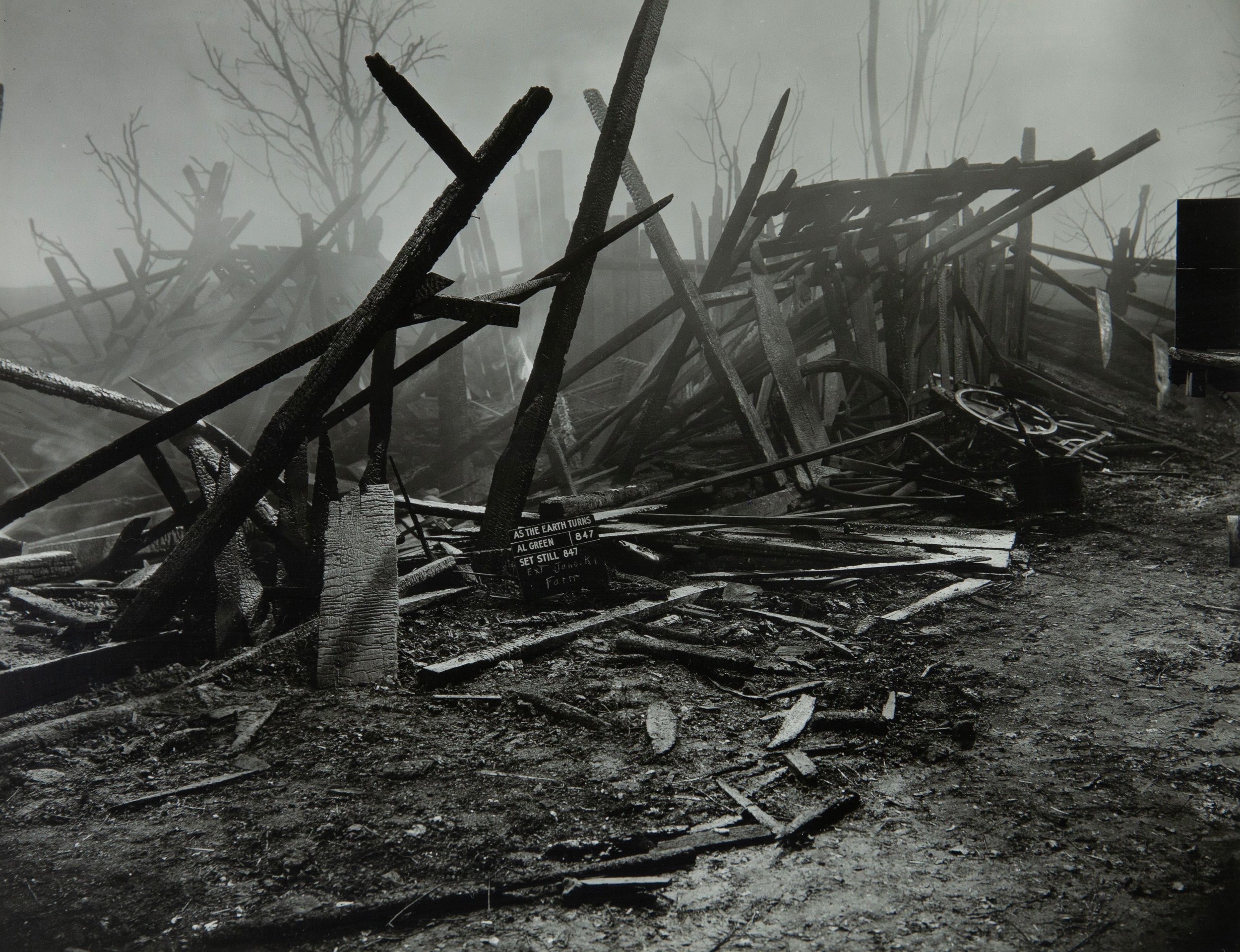
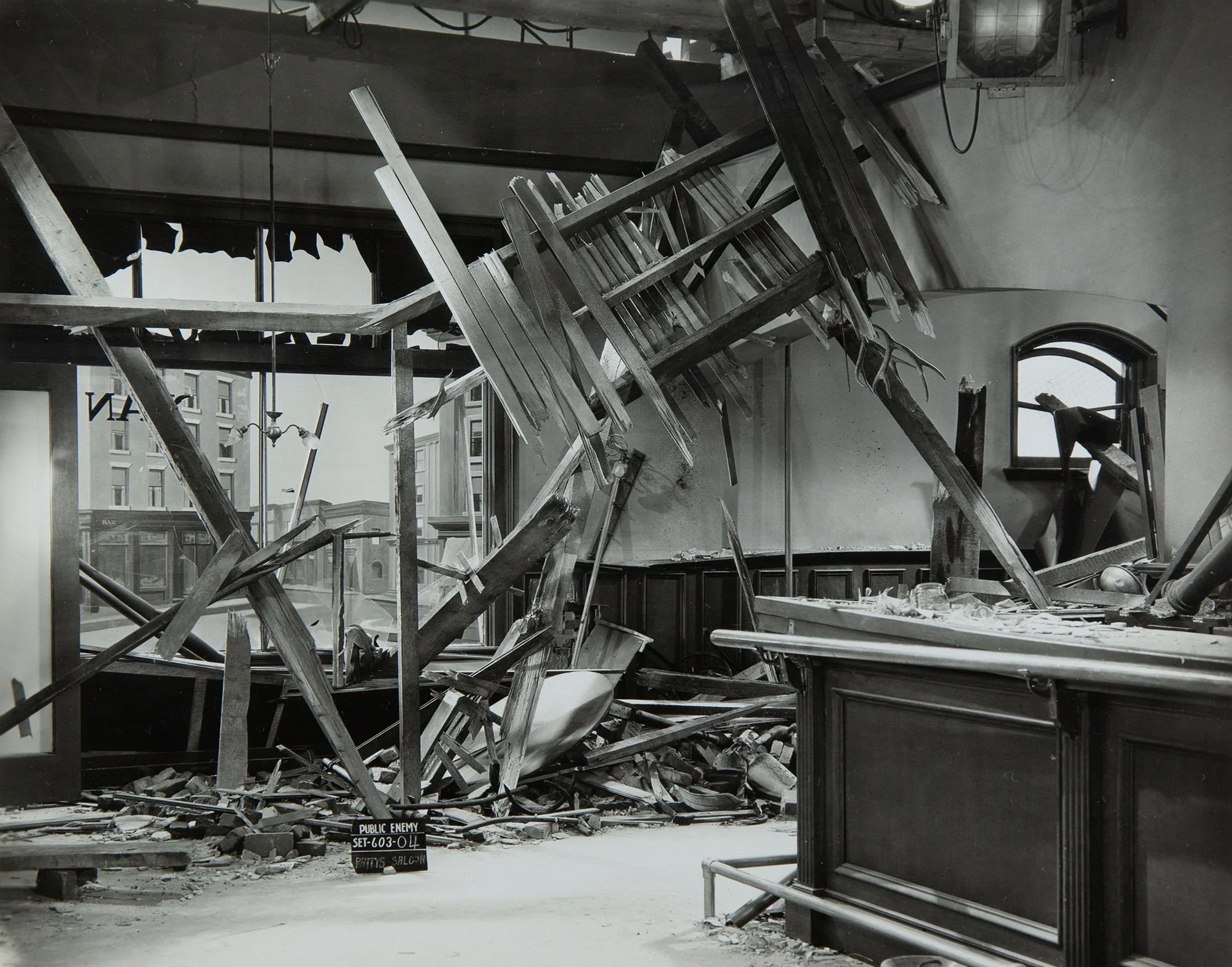
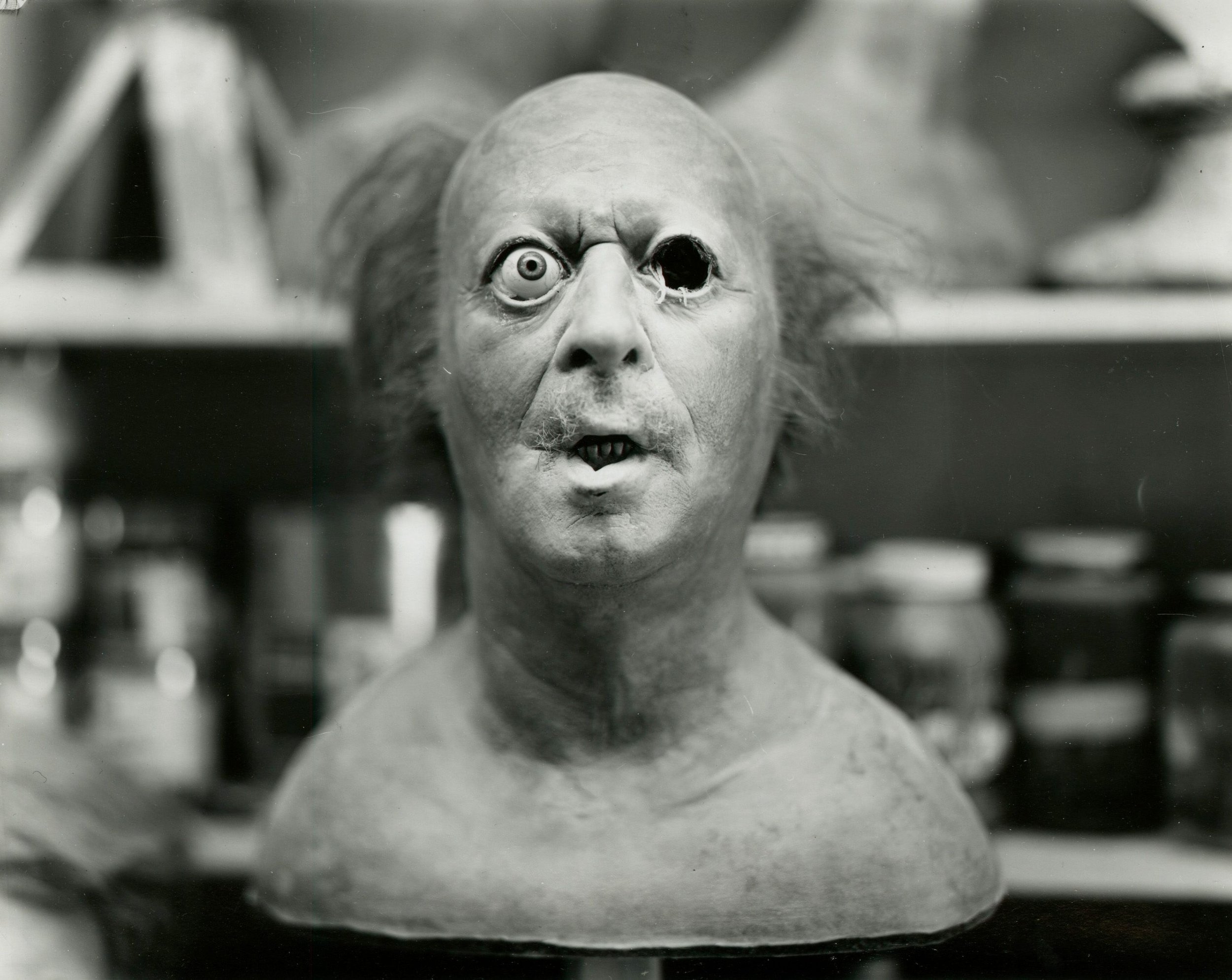
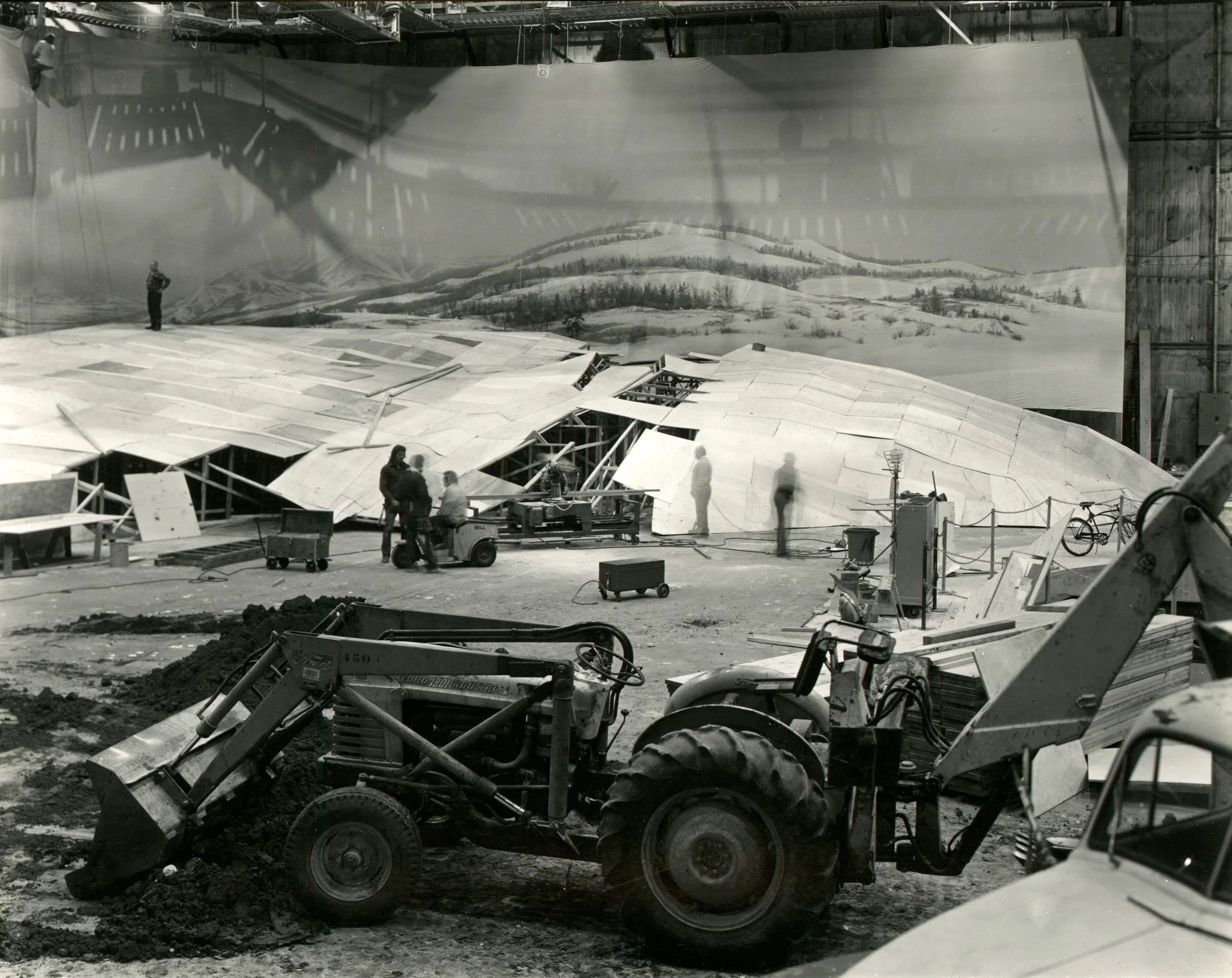
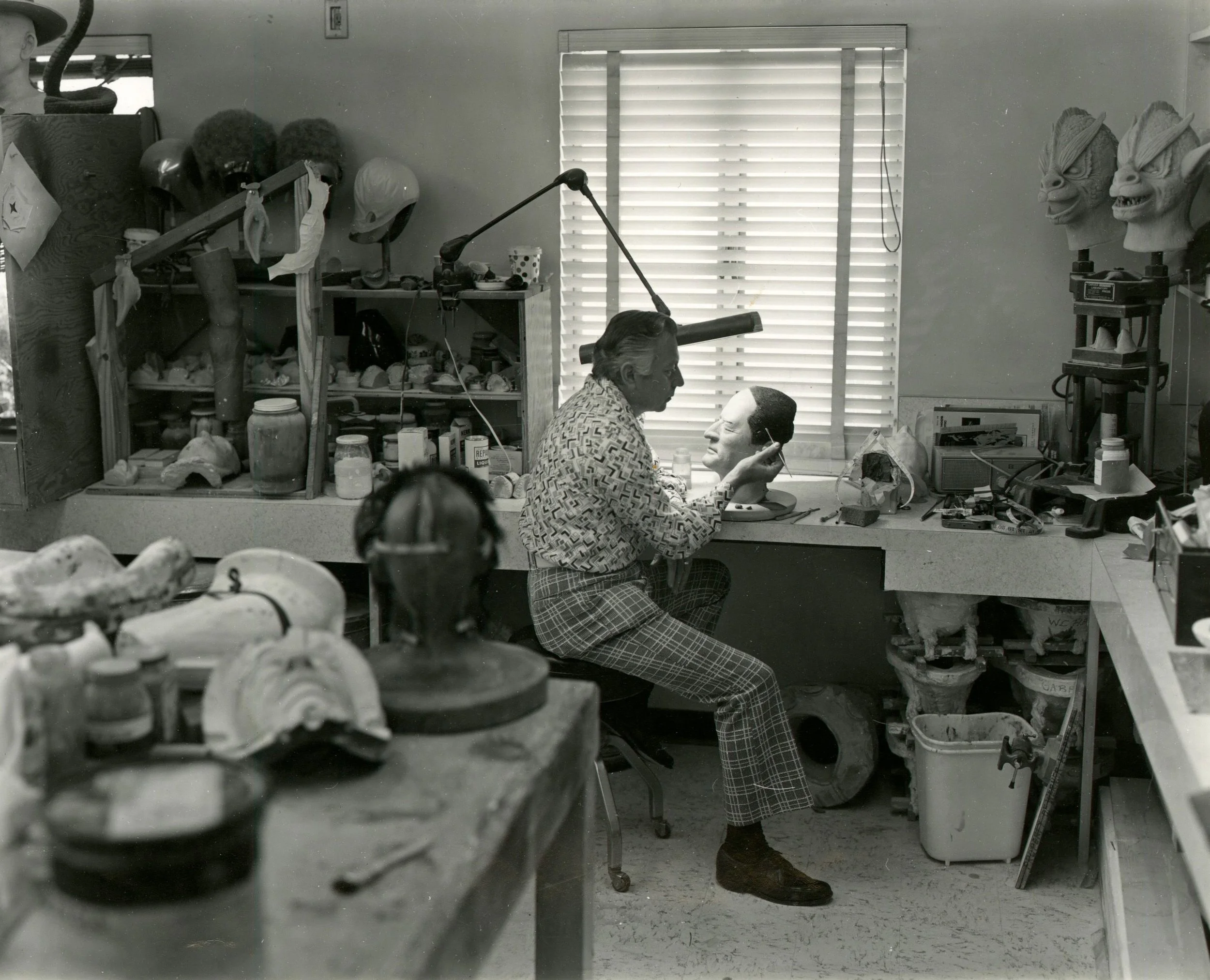
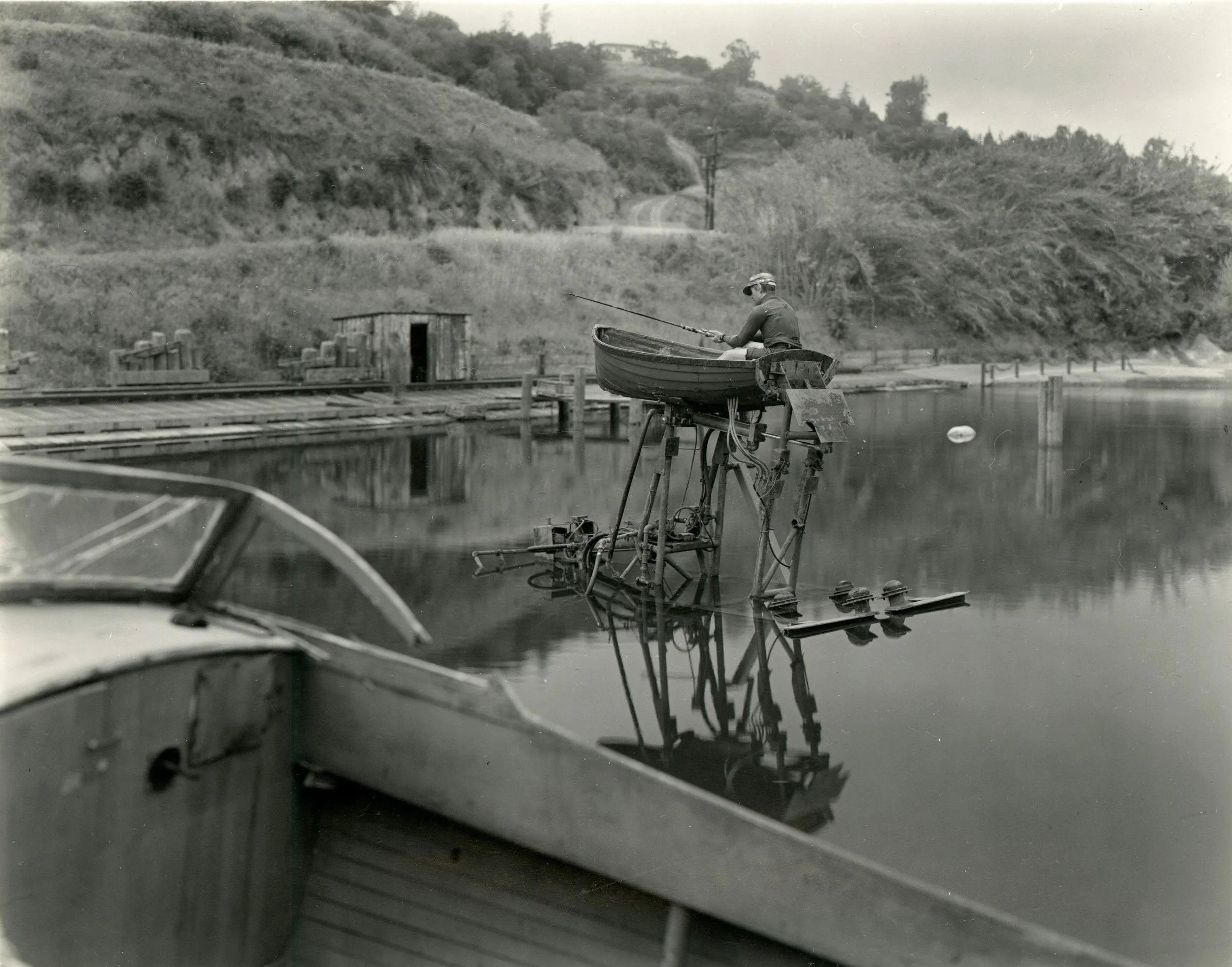

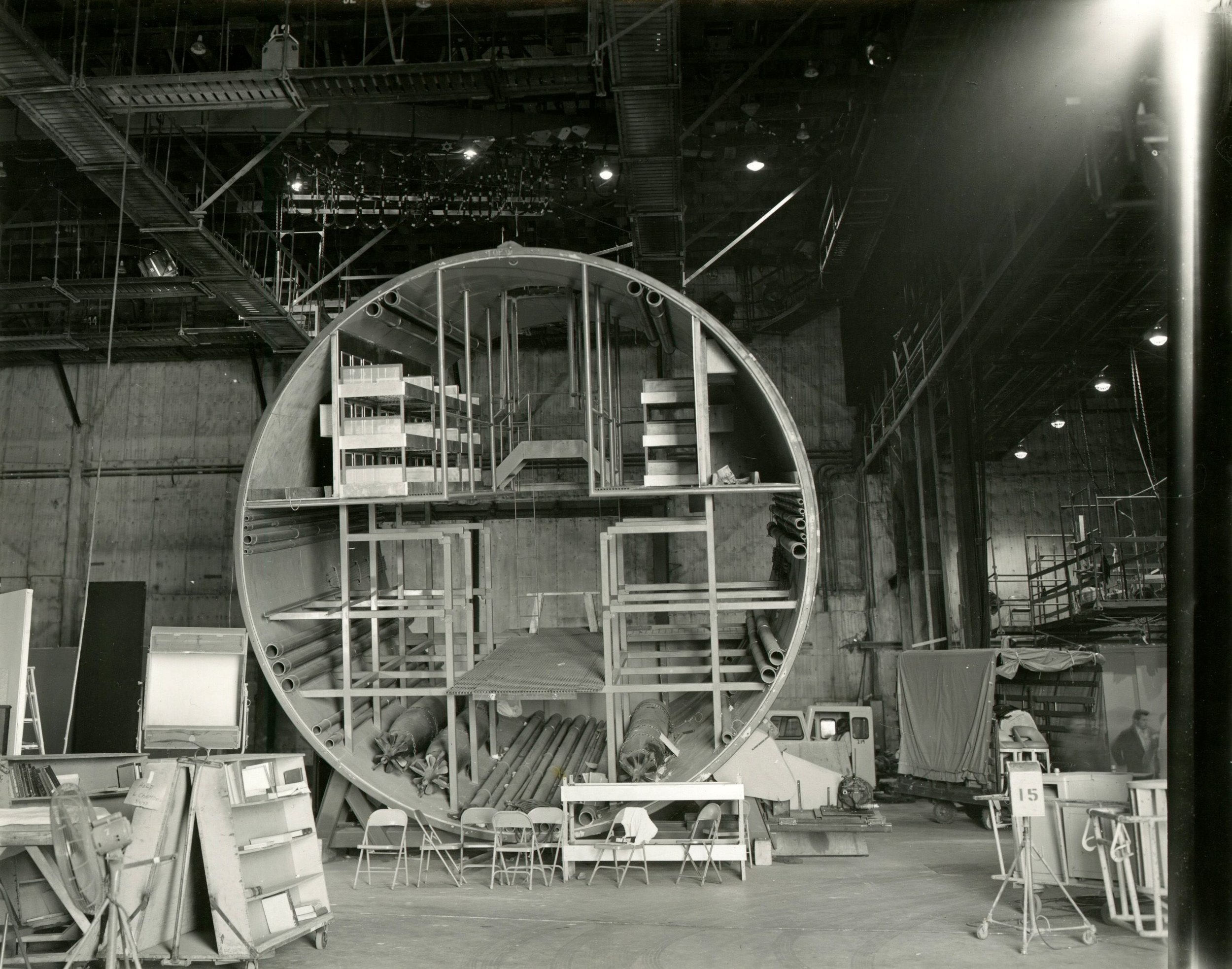
Written by Makenna Karas
Photo Edited by Kelly Woodyard
Infamous for an otherworldly allure of glamor, Hollywood film sets have long been revered as sites of enchanting possibility. You click on a film and agree to suspend your disbelief, falling effortlessly into a world that asks you to forget its falsity.
However, its falsity is the backbone of its allure, something that both John Divola and Robert Cumming fell into fascination with when they discovered the discarded images of Hollywood film sets from the 1930s and 40s. Struck by the “enigmatic aura” that the images of the empty sets contained, Divola and Cumming went on to create their images of abandoned spaces that revealed the secrets of constructed realities. Interested in exposing the dimensions of those constructions, Divola has curated “Hollywood: John Divola and Robert Cumming,” an exhibition that invites you behind the scenes of eerily vacant film sets, forcing you to confront the limits of reality. Located in Gallery Luisotti in Los Angeles, the show will open on February 24, 2024.
Primarily interested in how a still can “construct a fictive sense of the normal”, Divola’s images interrogate the artificiality that even the most mundane of sets emit. “Central Park,” for example, should appear normal enough. Shot from the outside looking in, the image offers a glimpse into what appears to be an empty restaurant. Yet, there is something undeniably sterile about it. Something latent within the perfectly arranged chairs and tablescapes signifies artifice. A coat and hat hang eerily in the forefront, suggestive of humans that are nowhere to be seen. You get the feeling that this is a moment waiting to happen, a handcrafted world waiting to be brought to life.
Further divulging the secrets of a set, Cumming’s images zoom out, unabashedly exposing the strings of imitation that weave the web of deceit any good movie offers. Born out of the six months he spent photographing Universal Studios in 1977; the shots amplify the tension between artifice and reality in Hollywood. “Drugstore and Street” pulls you behind the scenes of a set that chillingly resembles reality. Look closely and spot a bicycle resting in the middle of a neighborhood street, one that might almost fool you with its uncanny resemblance to one you could know. Nevertheless, zoom out and see the lights and draping webs of wires that admit to their own scheme of mockery. Beautifully haunting, still, and vacant, the shot sends chills down your spine.
Dabbling in the dichotomy of imitation and reality that the entire exhibition plays with, “Werner Keppler” directly stabs at the heart of what it means to confront an imitation. The image portrays Werner Keppler, the renowned make-up artist, working on enhancing the appearance of a mannequin’s face, which bears striking resemblance to his own. As if peering into a mirror, into a surface that offers only the illusion of continuity, the image and the collection explore the comfort and ease with which Hollywood imitates reality. It is forever unearthing the “hardware employed in the ultimate illusion”.



